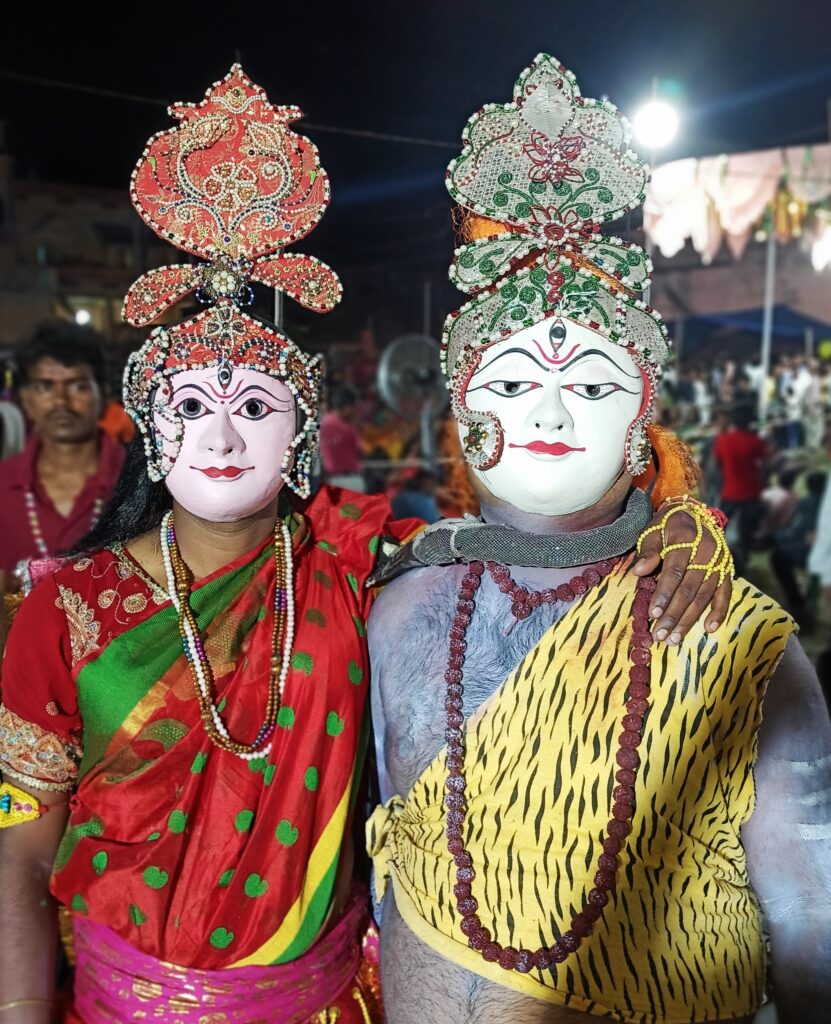Sal tree, also known as Sarai, Sakhuwa, and by various other local names, is scientifically called Shorea robusta. Due to its numerous virtues, it is not only considered sacred but also revered. Since ancient times, it has been contributing to the narrative of human development and economic prosperity. While urban dwellers may regard trees like Peepal, Banyan, and Amla as sacred, those who have lived around forests understand and appreciate the significance of Sal or Sarai. This tree is an emblem of identity for the state of Jharkhand. Acting as a protective barrier in the hills, it plays a crucial role in maintaining ecological balance and biodiversity. Not only in Jharkhand but in other states as well, the presence of Sal trees delineates a lifeline. Recognizing its role from guiding the monsoons to making them dynamic, the significance of Sal trees is paramount. The reasons for considering mature Sal trees sacred are plenty. We need to understand that we serve and worship those trees that are beneficial to us.


A Source of Better Livelihood for Tribes
In the forest realm, the Sal tree is a revered symbol and an essential source of livelihood for tribal communities. Integrated into the daily lives of forest-dwelling tribes, it yields more than a dozen products such as timber, firewood, resin, leaves, and seeds, contributing significantly to their economic sustenance. Tribal societies have intertwined their cultural and developmental narratives with the vibrant presence of Sal trees. Through traditional dances like Sarhul, Gaur, Karama, and Saila, they continue to propagate their culture and heritage. Sal trees hold a central place in tribal festivities and rituals, especially during Sarhul, where the blossoming of Sal flowers heralds the arrival of spring. Villagers gather around sacred groves, offering prayers and distributing Sal flowers, symbolizing joy and prosperity. The festival ambiance resonates with the beats of traditional dances like Chhotanagpuri, performed amidst the fragrant blooms of Sal trees.
Sal tree historical Worship in Villages
The worship of Sal trees in Jharkhand dates back to ancient times. The abundance of natural resources like water, forests, and minerals characterizes the region. Identification of some of the oldest Sal trees, aged between 1400 to 1500 years, has been conducted by experts from the Forest Department. These majestic trees, towering over 28 meters in height, hold a revered status among rural communities. Rural folks engage in worshipping the Sal tree during auspicious occasions. The Forest Department has taken necessary measures to conserve these ancient trees. From ancient times, various communities, including tribal societies, have expressed their happiness and cultural identity through dances and rituals around Sal trees.
Sal Tree: A Multipurpose Resource in Indian Culture
Commercial Utilization: The robust and resilient Sal wood is highly esteemed for its suitability in crafting durable doors and window frames owing to its hardness. Not only are its dry leaves fashioned into serving plates, but both green and dry leaves are also employed in creating bowls used for serving Paan and snacks. Furthermore, Sal tree resins hold a pivotal role in various festive ceremonies as incense, while the oil extracted from its fruits and seeds serves dual purposes as lamp fuel and cooking oil.
Medicinal Applications: The resin obtained from Sal trees is extensively utilized in the production of ayurvedic medicines, particularly for treating conditions like diarrhea and dysentery. Additionally, it serves as a vital ingredient in formulating ointments tailored to address skin and ear ailments. The medicinal properties extend to Sal fruit, which is harnessed in treating epilepsy, chlorosis, and excessive salivation, alongside the utilization of its seeds for tackling dental problems and as a hair wash. Notably, branches from the tree are also utilized for maintaining dental hygiene.
Other Versatile Uses: Tribal communities leverage Sal leaves for an array of purposes, including the preparation of rice cakes and for smoking, as well as incorporating them into the production of fertilizers. Adding to its versatility, Sal leaves serve a unique role as marriage invitation cards, with turmeric and rice traditionally placed between them, symbolizing cultural significance and community bonds.
From its commercial viability to medicinal applications and diverse utilitarian uses, the Sal tree stands as a testament to its multifaceted importance in various aspects of Indian life and culture.
The Traditional Craftsmanship of Leaf Plates
Regional Names for Sal Tree
The Sal tree is known by various names across different states of India, reflecting its cultural significance. In Sanskrit, it is referred to as Arshvakarn, Sal, Karshya, Dhoopvriksha, and Sarj. Across different Indian languages, the names vary, highlighting the diverse and rich cultural heritage associated with the Sal tree.
Whether known as Sal or Sarai, this tree embodies not only ecological importance but also cultural and economic significance, deeply ingrained in the lives of people across various regions of India.









